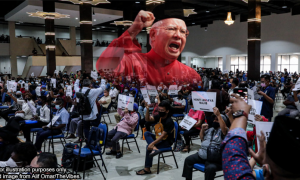MRT built a power substation behind a few houses in KL. Here’s how it’s affecting them.
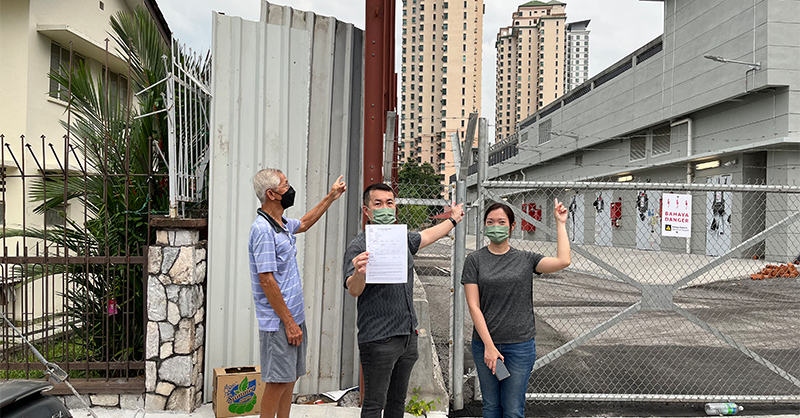
- 2.1KShares
- Facebook1.8K
- Twitter31
- LinkedIn29
- Email86
- WhatsApp169
Our country has been rapidly developing for years now, with new construction sites and developments popping up almost every day. And with the new MRT Putrajaya Line in the works, we’ve seen major construction being done all over the city, as people wait in anticipation for operations to start since it’ll mean a more accessible and easy commute.
But while the MRT project will end up bringing a world of benefit to many Malaysians in the long run, the development works could also largely affect the people who’ve already been living nearby. One of these people is Michael Onn, a resident of Jalan Ipoh who reached out to us about a power substation (which is a high-voltage electrical facility) that was built around his housing area with the nearby Jalan Ipoh MRT Station.
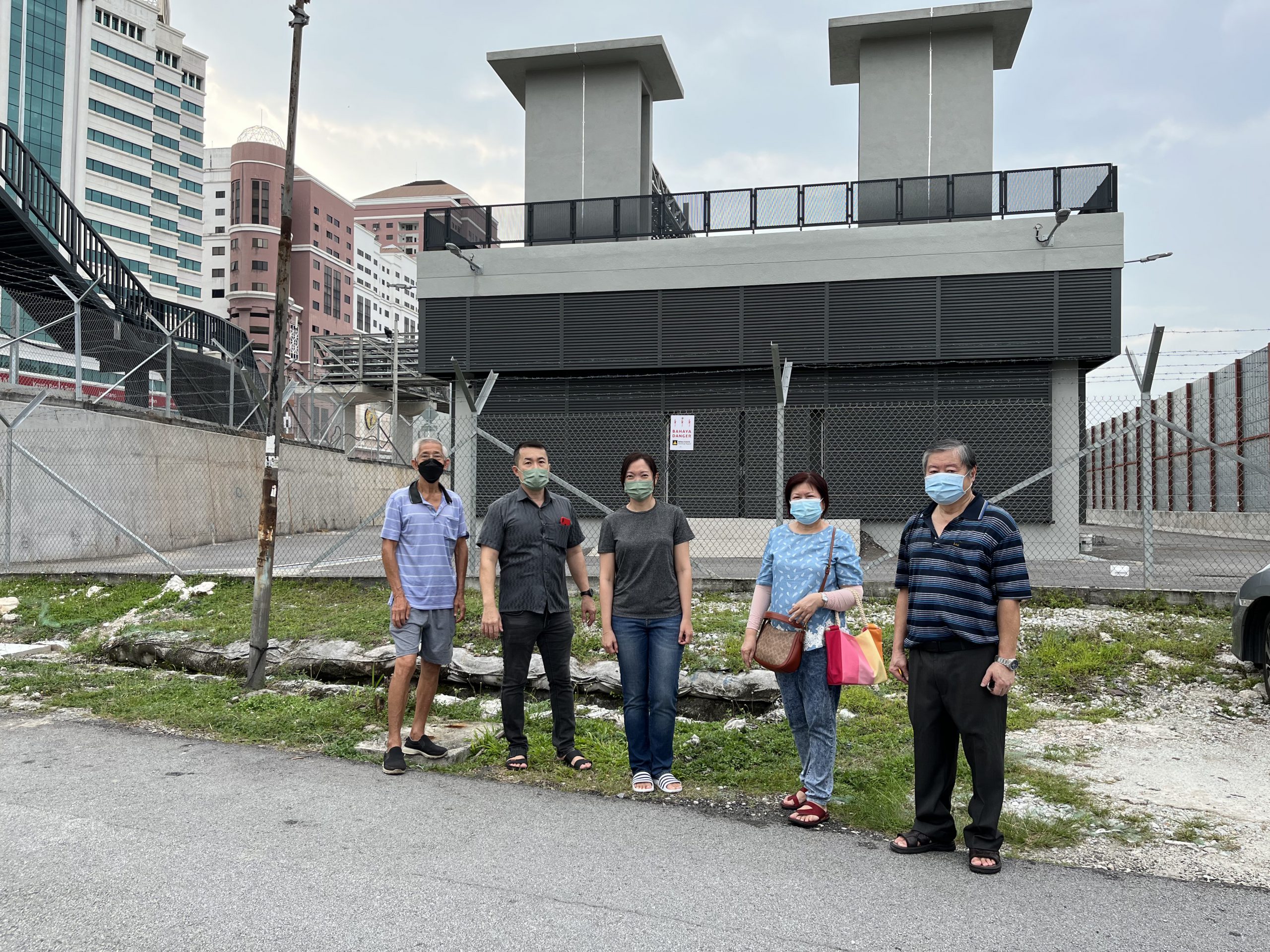
the residents of jalan ipoh in front of the power substation
Michael believes that the building of the power substation has affected him and his family’s wellbeing and will continue to do so once it begins operating in a few months. Here’s why…
The power substation was built right behind this guy’s house.
Before we delve into the reasons why they’re protesting against this power substation being built, we should probably explain what a power substation actually is. Basically, it’s used to ‘step-down’ high-voltage electricity from the transmission system (a fancy way of saying they reduce voltage) so that it can be easily distributed; and in this case, it’s being used to reduce the voltage of electricity that’s powering the trains in the Jalan Ipoh MRT Station.

the ‘step-down’ transformers are placed within the substation itself. original image from circuit globe.
But while having this entire substation (named TPSS10) is very much necessary for the MRT system to function normally, there’s just one big problem: They built it right behind this guy (Michael’s) house.

see? literally next door neighbors.
Now, perhaps the reason why they built the power substation there might be because Michael’s house happens to be pretty close to the Jalan Ipoh MRT Station. And according to Michael, he told us that from what he’s found through his own investigations, the power substation near his place is apparently the only one that’s anywhere remotely close to a housing area and schooling district:
“I’ve visited all the TPSS [power substations] myself and found that all TPSS’s along MRT2 were placed beneath or beside the MRT stations, away from houses and schools. As such, only TPSS10 was placed behind my house, as the MRT train goes underground right in front of my house and also because there is a river across the road, where the substation could not have been placed.”
We’ve tried to verify the information that Michael gave us with MRT Corp, but they did not respond to that and instead told us that the construction of the power substation was approved by the Kuala Lumpur City Hall (DBKL). Additionally, according to this article by Malaysiakini, the GM of MMC Gamuda (the company in charge of designing and building the MRT) said that the power substation was was within the railway reserve area, or the ‘right-of-way‘ of the MRT.
But even though they legally did have the right to build the substation there with getting approvals from the authorities and whatnot, Michael raised a few concerns that he had regarding the development being approved, since according to him, the area is considerably compact:
“How could the environment impact assessment, traffic impact assessment, and social impact assessment be passed in such a compact area with houses and 3 schools?” – Michael, to CILISOS.
And here is where things get a little bit sus…
Apparently, the residents of the area never consented to the project.
Imagine if one day, the authorities decided to build this really big high-voltage infrastructure right behind your house, you’d probably wanna have some sort of say in it, right? Well, according to Michael, no one had reached out to him or the other residents there for consent before the substation was built – it was constructed without any of them having a say in it.

eh, can like that meh?
So we asked MRT Corp for their comments, and they gave us a few responses to these allegations. First, they noted that in terms of getting consent from the residents, they had completed a public inspection exercise back in 2015:
“The Public Inspection exercise for the MRT Putrajaya Line Project was carried out in 2015 as required by the Land Public Transport Act 2010 for the public to submit their feedback and objections. The exercise involved putting on display plans of the entire project, including that of the Jalan Ipoh station and its associated buildings. No objection was received for this location.” – MRT Corp, to CILISOS.
(TL;DR, they put up a display of the entire project in 2015, and because no one from Jalan Ipoh complained about it, they proceeded with the project.)
Additionally, MRT Corp also told us that they had put up signages for the MRT Putrajaya Line Project at “strategic locations” throughout the project sites. And though there were indeed signages that were put up, Michael noted that no noticeboards on-site, with the only relevant signages being placed around 500 meters away from the actual construction site and had said nothing about a power substation.
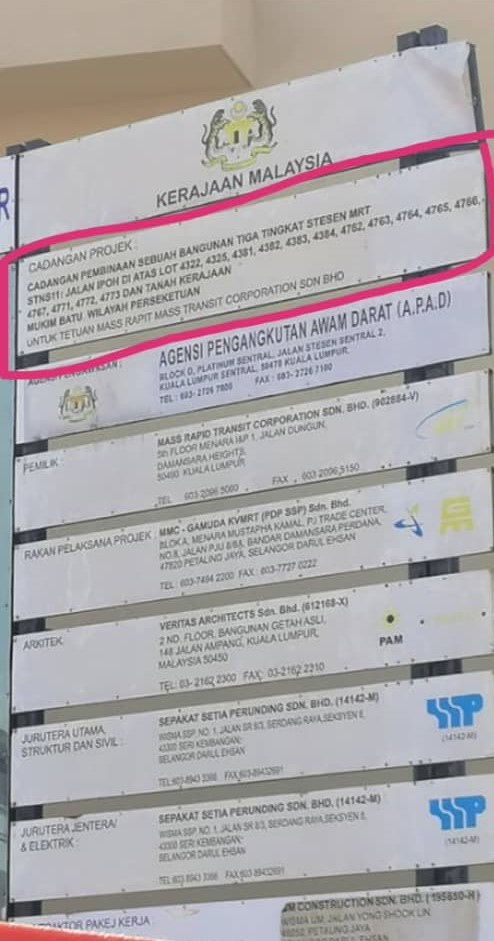
the signboard only described a three-story mrt station.
So, when this power substation suddenly popped up out of nowhere, the residents started panicking. Because if you’re thinking that this sounds like a recipe for disaster- you’re not the only one.
The residents think that the power substation might be dangerous.
Like we mentioned earlier, it’s not everyday that you see a high-voltage electric system facility being built right behind a house, and there’s probably a good reason for that.

we’re no experts, but it most likely has something to do with these signs placed all over the substation.
‘Cause we all know that with so many warning signs like that, it’s probably not a good idea to be so close. But here’s the scary part: Michael’s house is only 15 meters from the power substation, which puts him and his family at a huge risk in the face of any unforeseen complications, citing the Kuchai Lama power substation that caught on fire as a source of concern:
“Honestly, if something happened, it’s sad to say that my family and I would probably be the first to go. Especially with the weather being so unpredictable, having this substation right behind my house that’s filled with transformers and could potentially explode is scary.” – Michael, to CILISOS.
Michael and the other residents also expressed their concerns about the potential health issues that this power substation could cause, due to common belief that the EMF fields might have some adverse effects like cancer and skin-issues. However, MRT Corp assures that the power substation is in compliance with international Electromagnetic Compatibility (EMC) Standards along with the Energy Commission’s requirements, and will be subject to continuous audit by the commission.
They’ve also done their own EMF readings and surveys of the area to confirm that it should be mostly cleared to operate safely, but Michael mentions that the readings were only done before the power substation started operating at 100% capacity which means that there is a chance that the numbers might be inaccurate.
But that isn’t the only development that Michael is worried about, since they also decided to build…

…this big ol’ thing
Chances are you might have never seen one of these before, or probably only seen it somewhere that was pretty far from where people lived, and there’s a good reason why- That is a utility bridge, and unlike a normal bridge, this thing isn’t used for crossing because it’s filled with high-tension electricity cables that could potentially leak or catch fire, especially if something that was tall enough were to hit the bridge or even if it was just hit with some unruly weather.
With that said, the utility bridge in Jalan Ipoh is especially risky, since the bridge literally hovers over a pedestrian walkway that’s close to a school along with the housing area, and is often used by students and residents alike.
And that’s not all. Michael and the other residents’ grievances towards the project extend beyond just the power substation and the utility bridge, as they told us that…
Their properties might have suffered a significant drop in value.
If you’ve been involved with property dealings, you’ll know people mostly look at location as the biggest factor. But despite having the MRT station nearby, the presence of the substation would likely spook off some potential buyers, due to the misconceptions that the power substation might cause certain health effects.
This was the case for Mr. Ng and his wife, an elderly couple who owns one of the houses right opposite the substation. A few months ago, their tenants moved out of fear that staying near the power substation was going to make them fall ill, leaving the house abandoned and difficult to sell off due to it being right opposite the power substation.
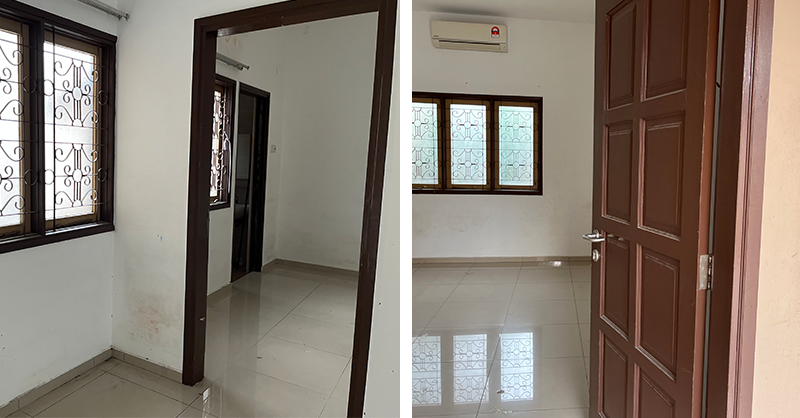
mr. ng’s house could’ve probably housed a few families, but now it’s left empty 🙁
As such, Michael and the other residents started fearing that their properties would have suffered a major loss in value, as they started making appeals to MRT Corp. Now, here’s where things get a little bit tricky…
Legally, the government can take your land as long as it’s for public purposes (you can read more on this here). In fact, the MRT Corp had previously done this back when they were building the Sungai Buloh-Kajang line. But of course, they’ll need to compensate you, usually by buying over your land.
And so, after an ungodly amount of appeals made towards MRT Corp, they finally gave Michael an offer either buy over his property or compensate him for his losses. And since Michael and his family had been living in the house for years, his family was reluctant to move, so he requested for compensation instead. However, they then told Michael that their own evaluation showed his property had not dropped in value; which then prompted Michael to seek out his own evaluation which estimated about a 30% depreciation. That’s pretty massive.
Currently, Michael’s case with MRT Corp is still a work-in-progress, so we won’t be touching too much on that, but he is currently in discussions with the Prime Minister’s office to reach a resolution on his case.
But while we were looking at this entire situation that’s been going down in Jalan Ipoh, we couldn’t help but find it incredibly familiar to some other incidents in the past. And that’s probably because…
This isn’t the first time that a development has been protested against.

Images from The Star and The Edge Markets.
Just like how we highlighted the struggles faced by the residents of Jalan Ipoh in having their voices heard, it’s unfortunately not uncommon here in Malaysia. In fact, there have been multiple incidents in the past where residents of housing areas have staged their own protests towards various types of developments that were approved by the local authorities:
“We are fighting for our safety and wellbeing and are shocked why DBKL allowed this development to proceed in a densely built-up area” – Pushpaneela, the organiser of a protest in Brickfields, as quoted by The Star.
“We found out Dewan Bandaraya Kuala Lumpur (DBKL) has approved the building of a sales gallery, three days later after the public dialogue was held. You don’t just simply take a park and turn it into a condominium.” – TTDI protesters, as reported by The Edge.
“This is a breach of our human rights. There was NO notice board on site before the construction started, and no circular letters were given to my family asking whether we agreed to the building of this power substation. How can this be allowed to happen?” – Michael, to CILISOS.
There are still many questions that remain unanswered each time a new development protest like this pops up, like if projects like these constantly receive backlash from the local residents, how do they even get approval in the first place? We won’t be making any more assumptions on the approval process of things, since at the end of the day, there’s usually not much that gets changed and construction usually proceeds anyway.
But it’s unfortunate that for people like Michael and the other residents of Jalan Ipoh, they’re left fighting an uphill battle against a mega corporation… which probably happens more often than it should.
- 2.1KShares
- Facebook1.8K
- Twitter31
- LinkedIn29
- Email86
- WhatsApp169



